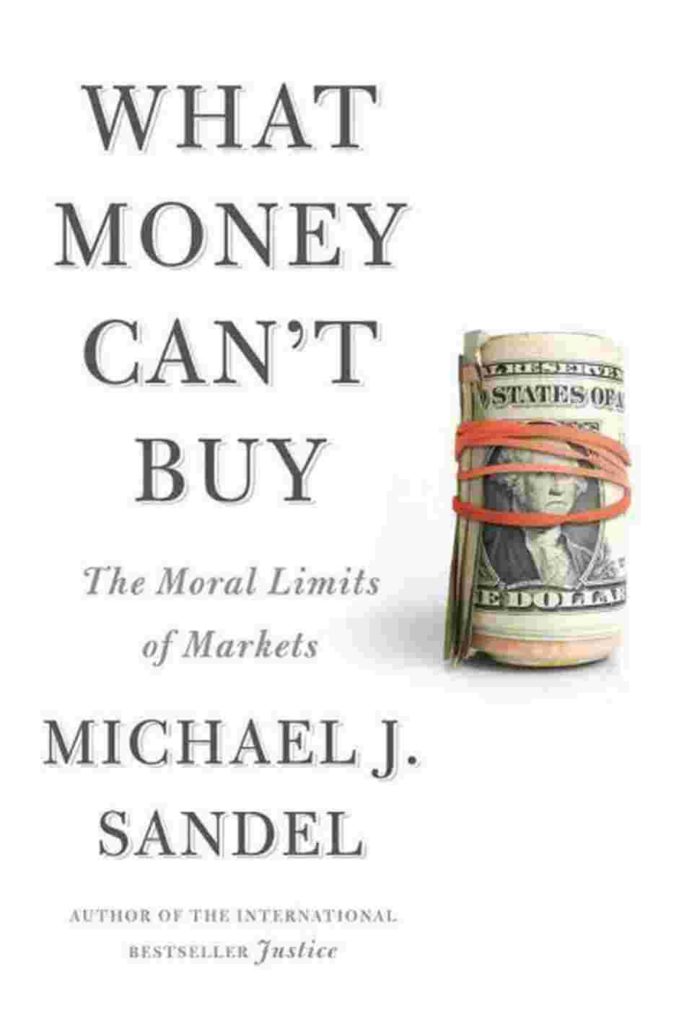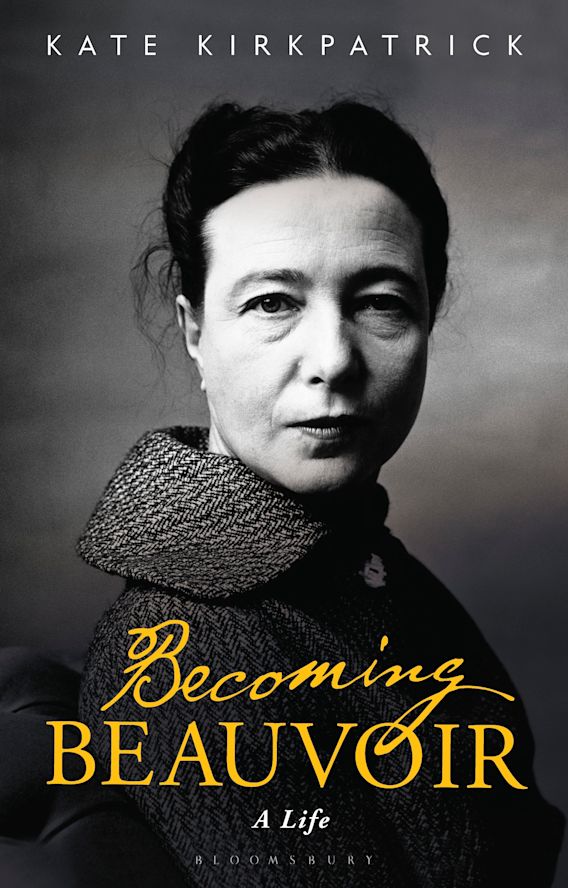What Money Can’t Buy was probably one of the first books I read after I moved to Sweden, and it’s been in my library ever since. Every time my eye passed over the title when looking for something new to read, I tried to remember what the book was about and couldn’t; mostly I just remembered being underwhelmed. I thought about it even more often after I finished Debt: The First 5,000 Years back in January this year and decided this time I would be more diligent about putting down my impressions.
Michael J. Sandel hit the popular philosophy market with the book Justice: What’s the Right Thing to Do? based on a long-running course he had been teaching at Harvard. What Money Can’t Buy: The Moral Limits of Markets is a follow-up that focuses on how moral judgments and free market practices are entangled, based on an article he wrote for The Atlantic on the same topic.
I think what I found frustrating in 2013 was the way Sandel shrugs and seems to just give up on a providing an answer or at least a clear-cut condemnation. (Except in the case of baseball. That’s a topic where Sandel finds the courage of his convictions.) Most of What Money Can’t Buy consists of lists of things that can be purchased, sorted into five rough categories: queue jumping, incentives (which he often compares to bribes, “the cost of doing business,” or indulgences), relationships, advertising (which he calls “naming rights”) and corporate-originated life insurance and the “life settlement” market. The question for each category is then whether or not these things should be available for purchase. Which instance of queue jumping or advertising is permissible? Which isn’t? What’s the difference between them? Most of the time Sandel doesn’t present a particularly strong opinion either way and just reminds the reader that the two main objections to purchasing certain kinds of things are either based in “unfairness” or “corruption.”
What I found frustrating in 2023 was the lack of context and historical consideration for some of the problems he raises, taking certain problems to just be natural facts of life rather than something that can be addressed or prevented, or that have a specific material history behind them. When highlighting Project Prevention, for example, Sandel glosses over the (very fair) criticism of the project as a form of eugenics and instead credulously rehashes the 1980s moral panic of “crack babies,” even though by the time he was writing in the Atlantic in 2012 the entire phenomenon had been called into question.
Or when discussing carbon offsets and credits, Sandel argues that emitting carbon dioxide is “in itself” a morally neutral act. After all, we all do that every time we breathe! Such an assertion is such a patently facile rhetorical trick that you almost wonder if he’s being facetious. But no, Sandel is seriously attempting to equate the human need to breathe with the act of burning fossil fuels to ship consumer goods from “low-cost” countries to rich nations because you don’t want to pay workers a decent wage or the carbon cost of maintaining the US military apparatus. And even when he goes on to admit that yes, carbon dioxide emissions en masse constitute a serious problem for everyone on this planet, he sidesteps the fact that almost none of the countries and communities that are already bearing the brunt of climate change are the ones actually causing the carbon dioxide emissions in the first place.
Milquetoast moments like these deflate everything Sandel is trying to say, which already feels like an article-length thought padded out to meet the minimum page count for a standalone book. The thesis that market thinking can “crowd out” morals and social norms is a compelling and defensible one, but What Money Can’t Buy ends up being a feeble “could we have a civil discussion about this, guys?” rather than any kind of clarion call to action or bold moral assertion.
Except when it comes to baseball. Sandel’s not afraid to make moral assertions there: Billy Beane definitely ruined baseball.






